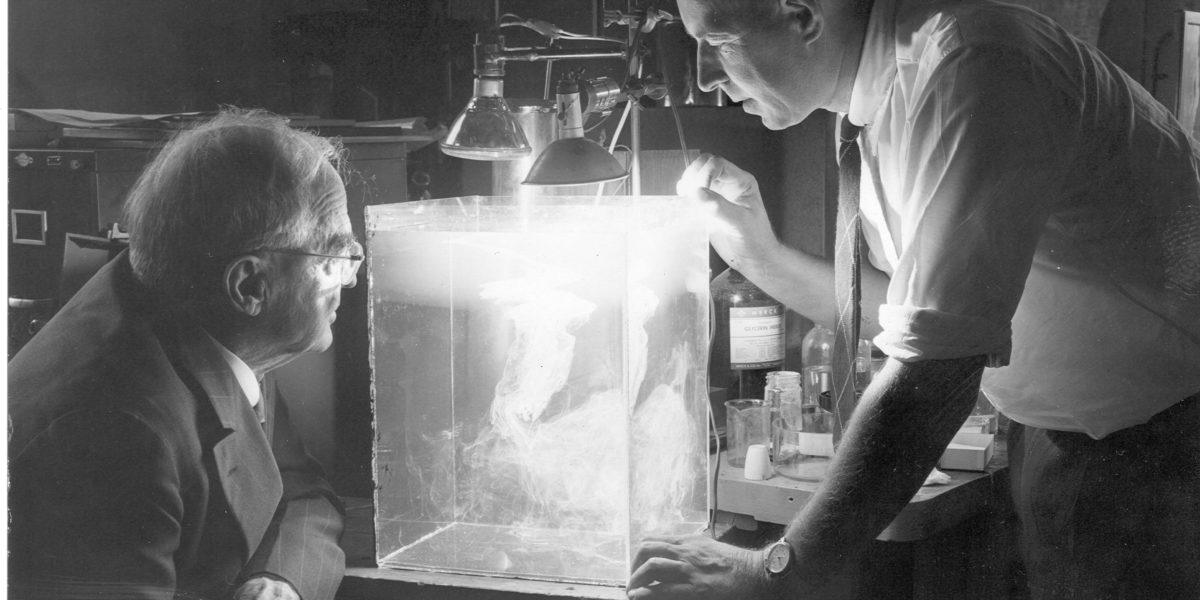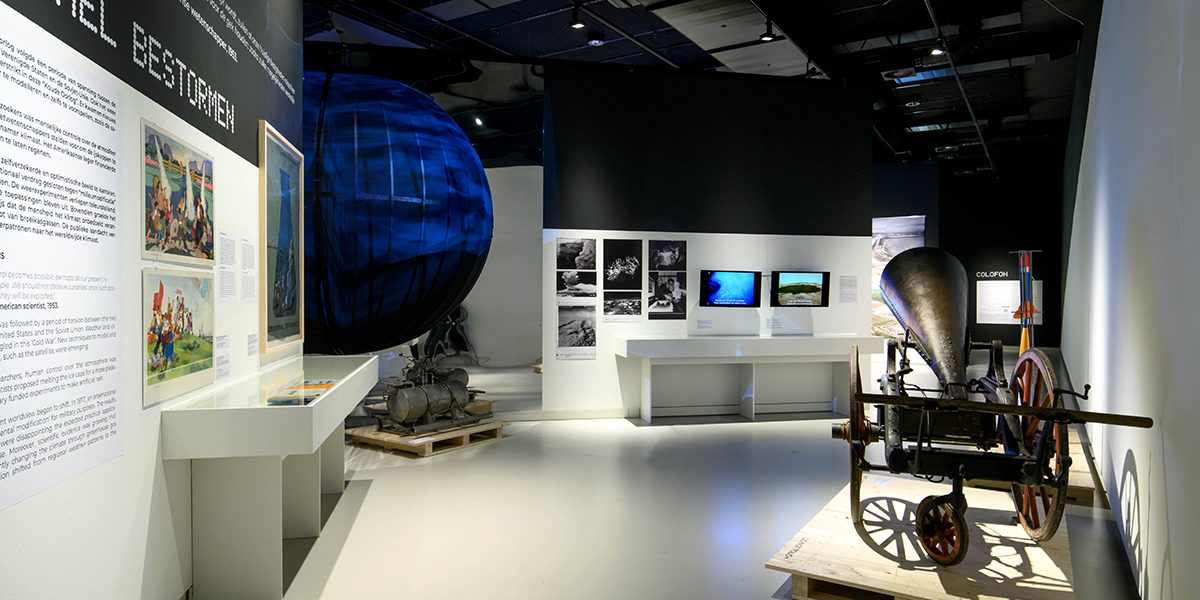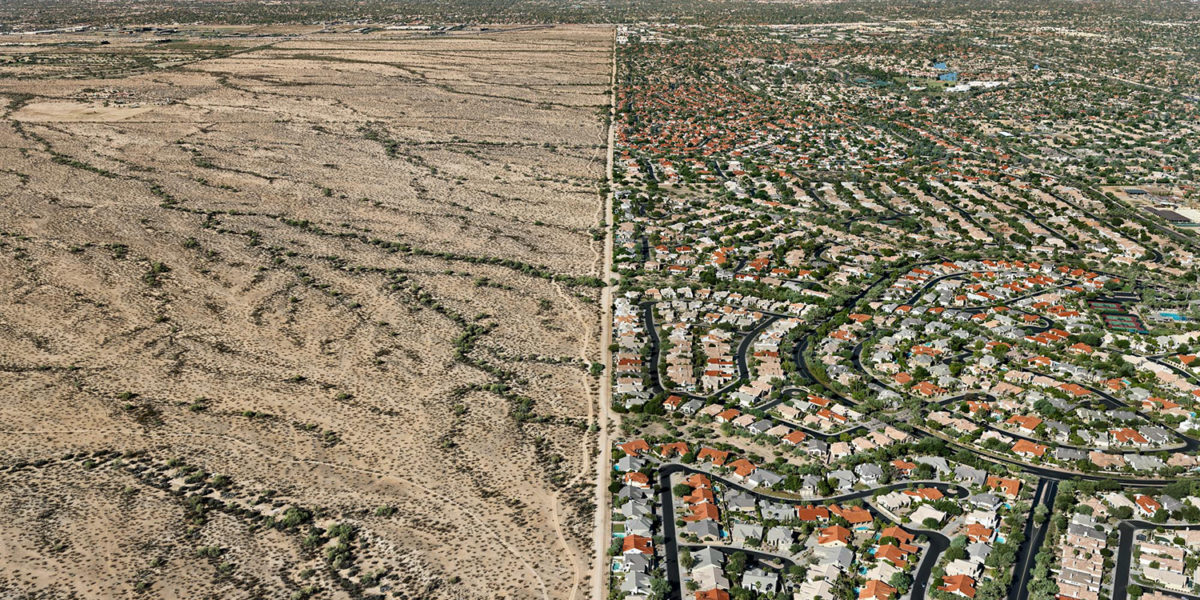“This feels like what I’ve read about [what] developing the bomb felt like, (…). You have to do this because, God help you if you actually use it, you want to make sure it works. You hope to God this is never used but if you have to use it, you better know how it behaves.”
– Theodore L. Thomas, author, in the science fiction story “The Weather Man”, 1962.[1]
On a rapidly warming planet, the old dream of the ‘designer climate’ takes on new meaning. What if we could remove excess CO2 from the air? What if we could dim the sun’s radiation? Some argue for radical interventions to prevent the worst effects of climate change.
Proponents of more research into such techniques point out that climate change is already the result of human intervention. We have long been ‘geo-engineers’. Now our species must take responsibility. Deliberate intervention in the climate might give us the time to eliminate fossil fuels, before warming escalates beyond any control.
Opponents fear unintended consequences for people and planet. Companies and politicians might also use geoengineering as an excuse to delay necessary climate policies. Moreover, attempts to deliberately change the climate have a history rooted in colonialism and militarism. Critics find it naïve to think that such techniques will be applied fairly.
Carbon Dioxide Removal
The first form of geoengineering is called CDR, or ‘Carbon Dioxide Removal’. For example, companies could capture CO2 emissions from their factories, and store these underground. Special machines could filter CO2 from the open air. The most radical plans propose changing the chemistry of the oceans. Adding certain minerals to sea water would reduce the sea’s acidity and allow it to absorb more carbon. The sea could also be ‘fertilised’ with iron. This way, more phytoplanktons would grow, ‘eating’ atmospheric carbon. These plans draw heavy criticism, as consequences for marine life could be severe.
Solar Radiation Management
The second form of geoengineering is called SRM or ‘Solar Radiation Management’. SRM aims to reflect the sun’s radiation back into space before it enters the atmosphere and warms the earth. What if farmers around the world planted light-coloured crops? Could we artificially slow the melting of bright polar ice? Or whiten clouds using salt particles? An especially controversial proposal is Stratospheric Aerosol Injection, or SAI. In the future, specially engineered aircraft could scatter reflective particles in the stratosphere. However, the effects of such an intervention on the ozone layer, or on global precipitation patterns, are still uncertain. And who would get to decide on such a worldwide operation?
The moral hazard
Global warming spells catastrophe for billions of people. The temptation to radically intervene will likely increase in the future. However, such interventions raise many practical and ethical questions. Even artificial CO2 storage is controversial. Many storage techniques are still in their infancy, but are popular with oil and gas companies. Are they used as an excuse to continue the fossil fuel industry? Some critics warn that we are unwittingly ‘sleepwalking’ into an unjustified reliance on geoengineering. Since 2014, for example, UN reports have been counting on future CO2 storage in their climate scenarios.
[1] “This feels like what I’ve read about [what] developing the bomb felt like, (…). You have to do this because, God help you if you actually use it, you want to make sure it works. You hope to God this is never used but if you have to use it, you better know how it behaves.” Geciteerd in Eli Kintisch, Hack the Planet: Science’s Best Hope – or Worst Nightmare – for Averting Climate Catastrophe (Hoboken, N.J: Wiley, 2010), 18.






